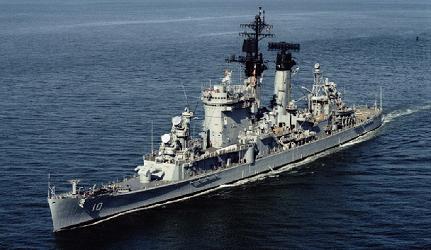USN CG/CGN
The US Navy fields three main classes of conventionally powered Guided Missile Cruiser (CG), in addition to the nine nuclear powered Cruisers (CGN) of various classes. These powerful ships provide Anti-Air Warfare (AAW) escort to the aircraft carrier battle groups (CVBGs) and are often employed independently and as flagships of surface action groups (SAGs). Historically both the Leahy and Belknap classes, nine ships each, all newly upgraded with New Threat Update (NTU) overhauls, as well as the nine CGNs were retired as part of the ‘Peace Dividend’ leaving only the Ticonderoga class to serve past the mid 90’s. Northern Fury has all of these ships retained in service, they had an average life of 28-30 years when historically decommissions and could easily have served another 10 years.
Long Beach: (CGN-9) The Long Beach was a single ship class and was the first nuclear powered surface warship in service. Throughout her long life she set many records and by 1994 was the oldest cruiser in the Navy. She completed her mid life overall in 1982 giving here two twin Terrier launchers the ability to fire SM-1(ER) Standard missiles, but although there was a landing pad she did not carry a helicopter, and her upgrades would not be considered adequate to keep her in front line operation.
| Class | Pennant | Name | Fleet | Home Port | Task |
|---|---|---|---|---|---|
| Long Beach | CGN-9 | Long Beach | Atlantic | Norfolk | Kennedy CVBG |
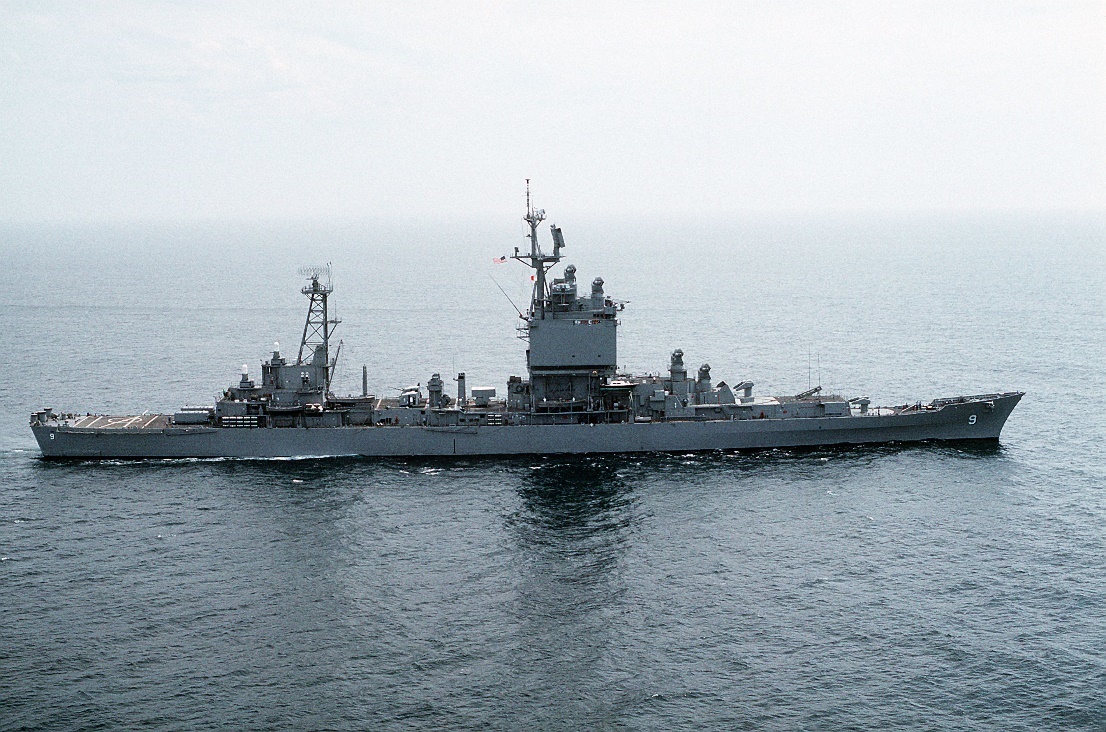
Leahy/Bainbridge Class: The nine ships of the Leahy class and the single nuclear powered Bainbridge CGN were essentially the same ship except for the power plant. As double ended SAM shooters, this class was designed without a main gun but they had SAM launchers both bow and stern. Although no other class was built without a gun, the extra space allowed for more missile storage, 76 missiles vice 50 in the Bainbridge class. All ships went through an NTU during the 1980s, USS Gridley as late as 1991, and can fire the SM-2(ER) Standard missile; the terrier launchers are slow compared to a Vertical Launch System (VLS) but with two double launchers and four Mk 76 Fire Control Radars, they were able to maintain a respectable rate of fire. These ships do not carry a helicopter but had landing facilities.
| Class | Pennant | Name | Fleet | Home Port | Task |
|---|---|---|---|---|---|
| Leahy | CG-16 | Leahy | Pacific | Yokosuka Japan | Independence CVBG |
| CG-17 | Harry E. Yarnell | Atlantic | Norfolk | Enterprise CVBG | |
| CG-18 | Worden | Pacific | San Diego | Nimitz CVBG | |
| CG-19 | Dale | Atlantic | Norfolk | Kennedy CVBG | |
| CG-20 | Richmond K. Turner | Atlantic | Norfolk | Roosevelt CVBG | |
| CG-21 | Gridley | Pacific | San Diego | Constellation CVBG | |
| CG-22 | England | Pacific | San Diego | Port Refit | |
| CG-23 | Halsey | Pacific | San Diego | TG Iowa | |
| CG-24 | Reeves | Pacific | San Diego | Lincoln CVBG | |
| Bainbridge | CGN-25 | Bainbridge | Atlantic | Norfolk | ARG Med |
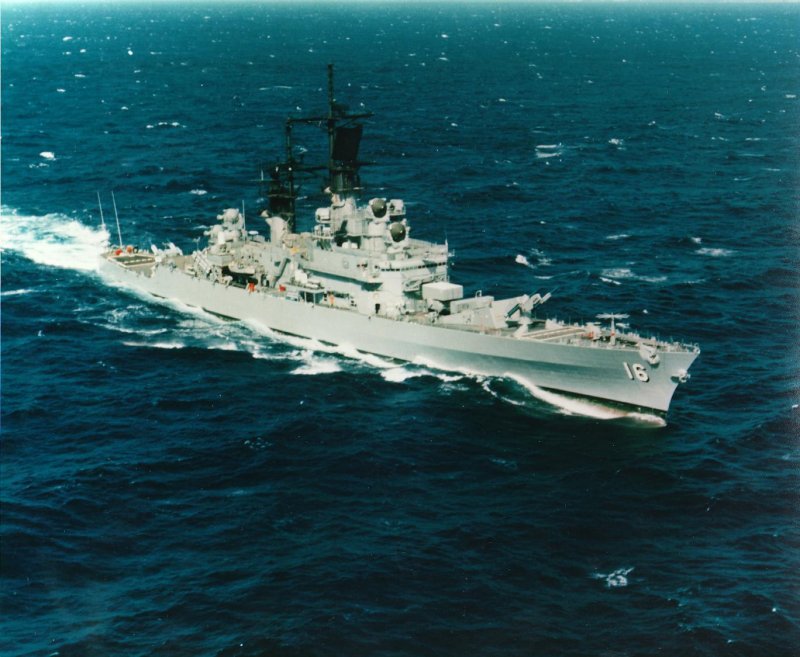
Belknap/Truxton Class: The nine ships of the Belknap class along with the single Truxton CGN differed from the Leahy class as they had a gun but were only single ended SAM shooters. All had undergone and NTU in the 1980s and all could use the SM-2(ER) Standard missile from their single twin launcher. These ships were therefore more versatile but less capable in the AAW role than their predecessors. Like the Leahy class helicopters were able to land but there was no hangar for storage or servicing.
| Class | Pennant | Name | Fleet | Home Port | Task |
|---|---|---|---|---|---|
| Belknap | CG-26 | Belknap | Atlantic | Norfolk | TG Wisconsin |
| CG-27 | Josephus Daniels | Pacific | San Diego | TG New Jersey | |
| CG-28 | Wainwright | Pacific | San Diego | Nimitz CVBG | |
| CG-29 | Jouett | Pacific | San Diego | Port Refit | |
| CG-30 | Horne | Pacific | San Diego | Lincoln CVBG | |
| CG-31 | Sterett | Pacific | Japan | West Pac | |
| CG-32 | William H. Standley | Pacific | San Diego | Port Refit | |
| CG-33 | Fox | Pacific | San Diego | Saratoga CVBG | |
| CG-34 | Biddle | Atlantic | Norfolk | Gulf | |
| Truxtun | CGN-35 | Truxtun | Pacific | San Diego | Kitty Hawk CVBG |
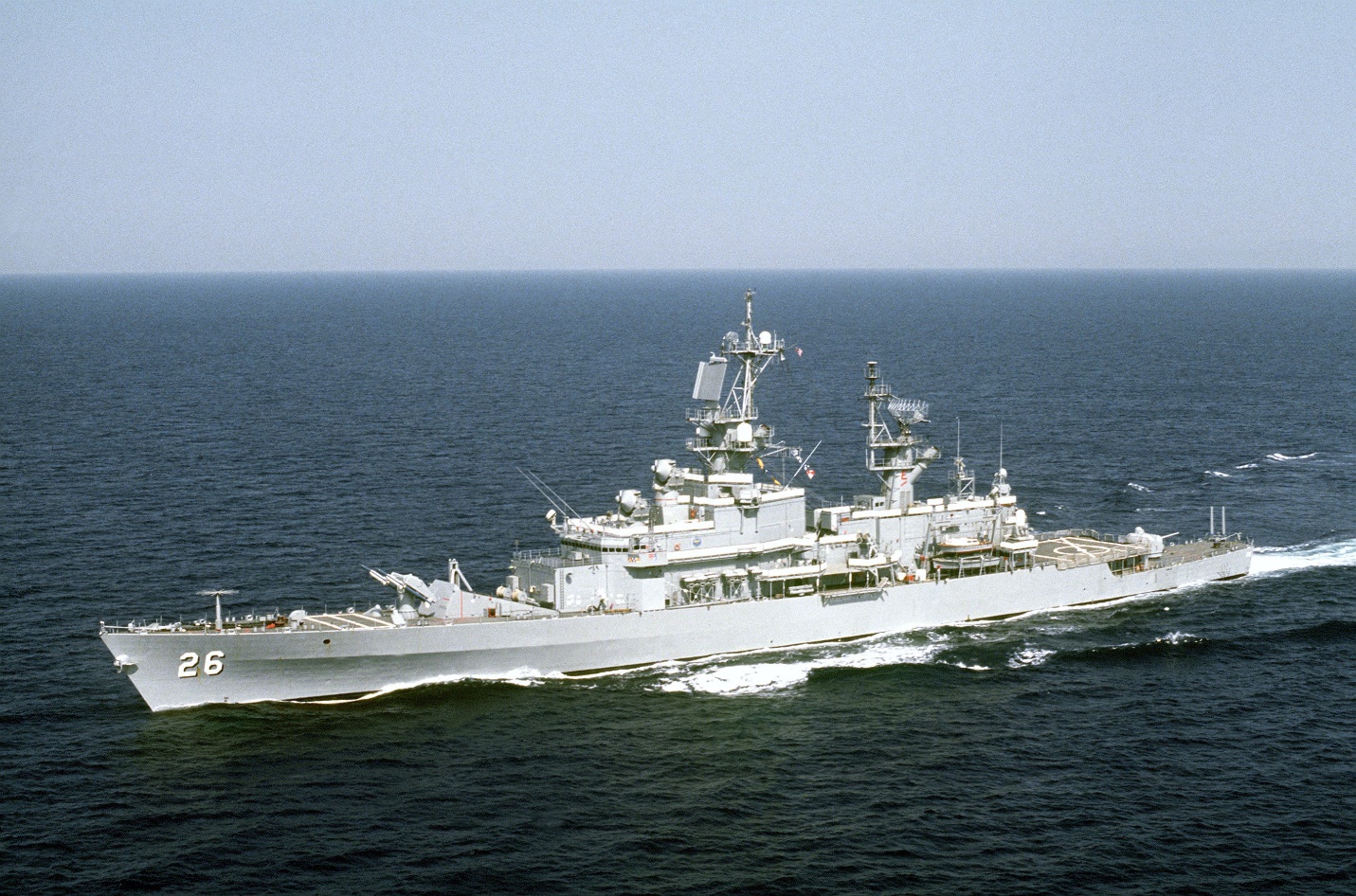
California Class: Both California class CGNs had just emerged from their New Threat Upgrade (NTU) and nuclear refueling overhauls, in fact South Carolina completed her overhaul in Jan 94 (2 months early). These are big ships, 25% more displacement than the Belknap class and correct the weakness of both previous classes; they are double ended SAM shooters with a much more modern Mk 26 launchers and slightly more missiles than the Leahy class, plus they have two guns like the Belknaps. As with the other classes however, they do not have a hanger for a permanent helicopter.
| Class | Pennant | Name | Fleet | Home Port | Task |
|---|---|---|---|---|---|
| California | CGN-36 | California | Pacific | Yokosuka Japan | Independence CVBG |
| CGN-37 | South Carolina | Atlantic | Norfolk | Kennedy CVBG |
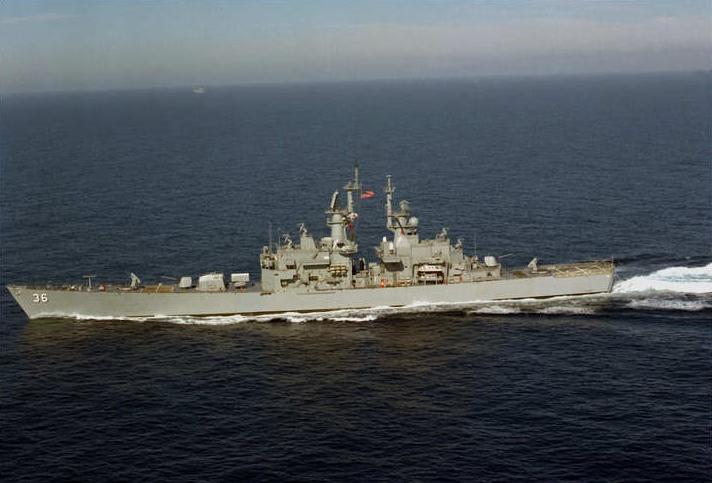
Virginia Class: The four Virginia Class CGNs, although completed in the late 70’s, were somewhat out of date and a rapid ‘Semi-NTU’ program was commissioned to correct the shortfalls. From a long term budgeting standpoint these ships were expensive to maintain and were due for their mid-life refueling – this spelled their doom historically and in Northern Fury they have not yet been refueled. Like the California Class these were ‘Double Enders’ with the modern Mk 26 launcher but only 64 missiles. These ships also carried two guns, harpoon SSMs, Tomahawk Land attack cruise missiles (TLAM) ASROC ASW rockets and other systems, but no landing pad for helicopters.
| Class | Pennant | Name | Fleet | Home Port | Task |
|---|---|---|---|---|---|
| Virginia | CGN-38 | Virginia | Atlantic | Norfolk | Eisenhower CVBG |
| CGN-39 | Texas | Pacific | San Diego | Saratoga CVBG | |
| CGN-40 | Mississippi | Pacific | San Diego | Independent | |
| CGN-41 | Arkansas | Atlantic | Norfolk | Carl Vinson BG |
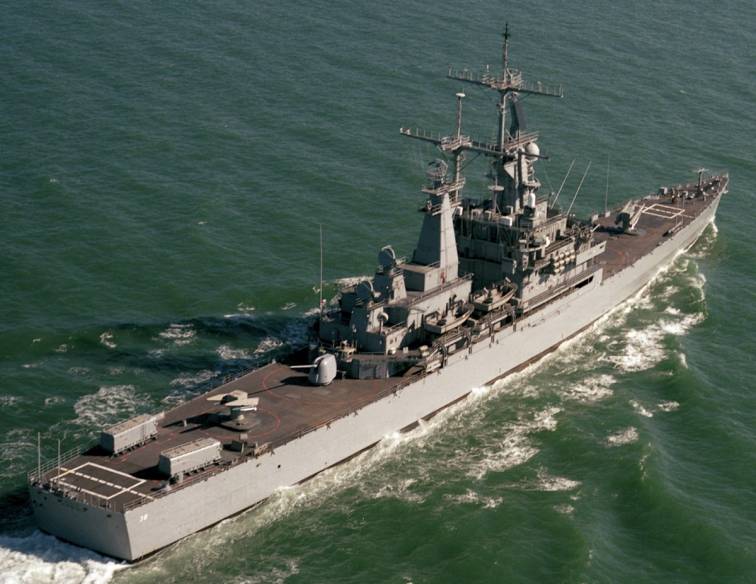
This classic photo shows the two California class and four Virginia class sailing together:
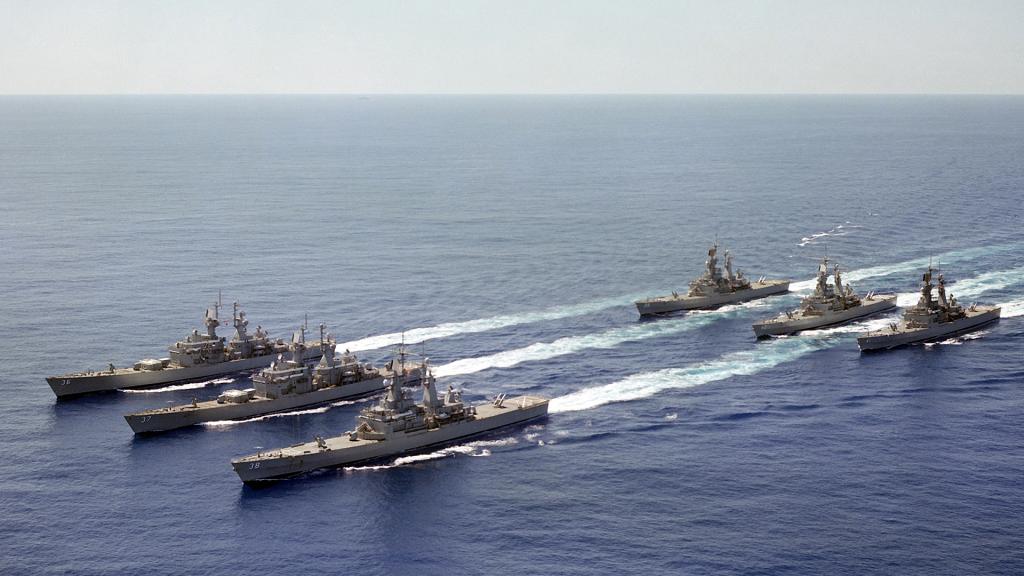
Ticonderoga Class: The 27 ships of the Ticonderoga class were truly a paradigm changing design. Sometimes considered the most powerful surface combatant in service in the world, these ships are capable of controlling the air defence firepower of an entire task force using the AEGIS Combat system. Augmented with VLS (vertical launch missile systems), Tomahawk Cruise missiles and onboard helicopters, these ships were built in five groups, each with gradually more capable equipment. In Northern Fury, the building of the final ship CG-73 Port Royal was accelerated by 5 months and she was commissioned in Jan 94 vice the historical date of 4 July 94.
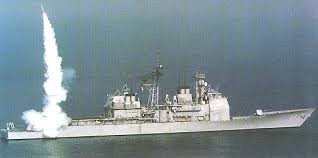
The first 5 ships, Baseline ‘0’ and Baseline ‘1’ were equipped with the same two Mk 26 SAM launchers as the Virginia class but had a crew of half the size, operated the AEGIS combat system, had hangar space for two helicopters and more secondary capabilities. From Baseline ‘2’ onward the ships used 2x 61-Cell VLS launchers which were far quicker and able to employ almost any missile in the inventory. Baseline ‘2’, ‘3’, and ‘4’ have gradually improving systems including lighter and more capable radar, better computing systems etc. More information is available at this link. It is standard practice to have two Ticonderoga Class in each CVBG.
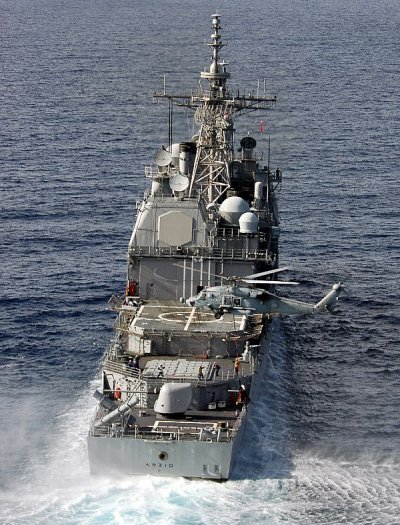
| Class | Pennant | Name | Fleet | Home Port | Task |
|---|---|---|---|---|---|
| Ticonderoga | CG-47 | Ticonderoga | Atlantic | Norfolk | TG Missouri |
| CG-48 | Yorktown | Atlantic | Norfolk | Kennedy CVBG | |
| Baseline 1 | CG-49 | Vincennes | Pacific | San Diego | Constellation CVBG |
| CG-50 | Valley Forge | Atlantic | Norfolk | Port Refit | |
| CG-51 | Thomas S. Gates | Pacific | San Diego | Lincoln CVBG | |
| Bunker Hill | CG-52 | Bunker Hill | Pacific | Yokosuka Japan | Independence CVBG |
| CG-53 | Mobile Bay | Pacific | San Diego | Independent WestPac | |
| Baseline 3 | CG-54 | Antietam | Pacific | San Diego | Kitty Hawk CVBG |
| CG-55 | Leyte Gulf | Atlantic | Norfolk | Carl Vinson CVBG | |
| San Jacinto | CG-56 | San Jacinto | Atlantic | Norfolk | Eisenhower CVBG |
| CG-57 | Lake Champlain | Pacific | San Diego | Washington CVBG | |
| CG-58 | Philippine Sea | Pacific | San Diego | Saratoga CVBG | |
| Princeton | CG-59 | Princeton | Pacific | San Diego | Washington CVBG |
| CG-60 | Normandy | Atlantic | Norfolk | Roosevelt CVBG | |
| CG-61 | Monterey | Atlantic | Norfolk | Refit then Stennis | |
| CG-62 | Chancellorsville | Pacific | San Diego | Indian Ocean | |
| CG-63 | Cowpens | Atlantic | Norfolk | Enterprise CVBG | |
| CG-64 | Gettysburg | Pacific | San Diego | Nimitz CVBG | |
| CG-65 | Chosin | Pacific | San Diego | Washington CVBG | |
| CG-66 | Hué City | Atlantic | Norfolk | Roosevelt CVBG | |
| CG-67 | Shiloh | Atlantic | Norfolk | Carl Vinson CVBG | |
| Anzio | CG-68 | Anzio | Atlantic | Norfolk | Enterprise CVBG |
| CG-69 | Vicksburg | Atlantic | Norfolk | Eisenhower CVBG | |
| Lake Erie | CG-70 | Lake Erie | Pacific | San Diego | Constellation CVBG |
| CG-71 | Cape St. George | Pacific | San Diego | Kitty Hawk CVBG | |
| CG-72 | Vella Gulf | Atlantic | Norfolk | Amphibs then Stennis | |
| CG-73 | Port Royal | Atlantic | Norfolk | Amphibs then Stennis |
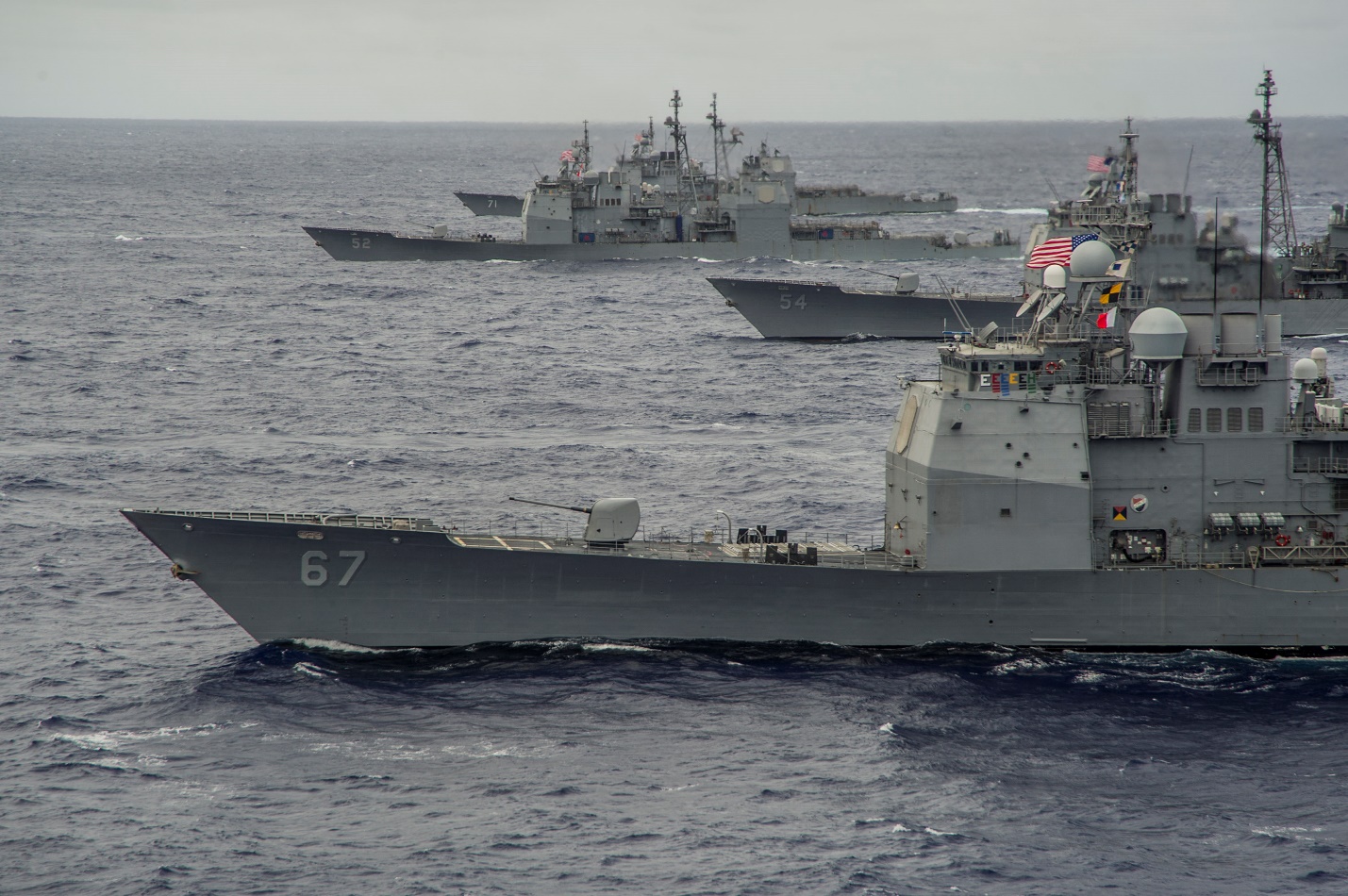
Albany Class: The two remaining ships of the Albany class are the only Cruisers in ready reserve. These ships are old; based on the Oregon City and Baltimore heavy cruiser classes of World War Two and were originally commissioned in 1945 and 1946, USS Chicago saw some limited war service. Extensively rebuilt in the early 1960s this three ship class (USS Columbus was scrapped in 1977) saw extensive service and both remaining ships served as long time Fleet Flagships. Historically they were scrapped in 1990/91 but are retained in reserve for Northern Fury. They have old missile systems with Mk 11 and Mk 12 launchers and Tarter and Talos SAMs. Both ships will see active service in Northern Fury, releasing other CGs from secondary roles, the critical path however are the missiles which have all been refurbished but are in short supply.
| Class | Pennant | Name | Fleet | Home Port | Task |
|---|---|---|---|---|---|
| Albany | CG-10 | Albany | Reserve | Elizabeth River | |
| CG-11 | Chicago | Reserve | Bremerton |
